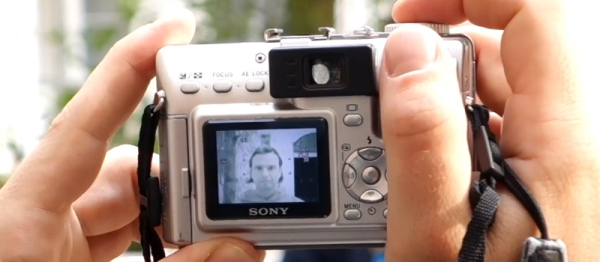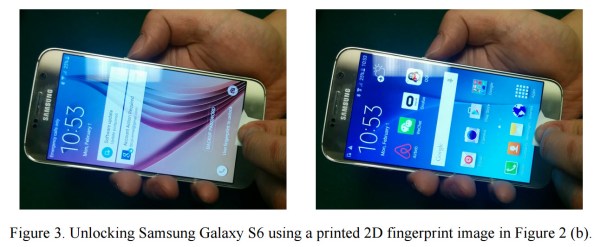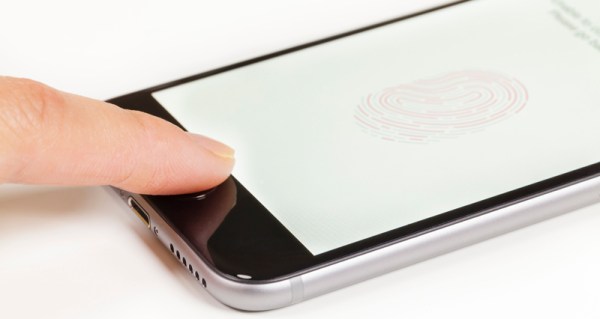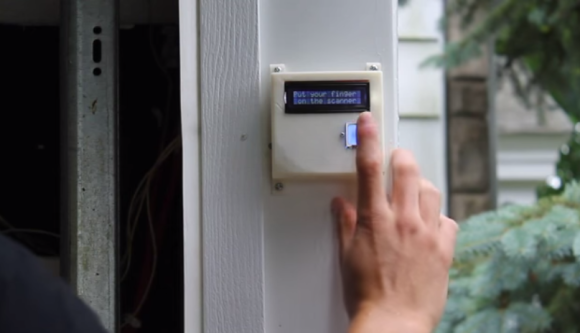News comes from The Guardian that the iPhone 6 will break because of software updates due to non-authorized hardware replacements. Several thousand iPhone 6 users are claiming their phones have been bricked thanks to software updates if the home button – and the integrated TouchID fingerprint sensor – were replaced by non-Apple technicians.
For the last few iPhone generations, the TouchID fingerprint sensor has been integrated into the home button of every iPhone. This fingerprint sensor provides an additional layer of security for the iPhone, and like everything on smartphones, there is a thriving market of companies who will fix broken phones. If you walk into an Apple store, replacing the TouchID sensor will cost about $300. This part is available on Amazon for about $10, and anyone with a pentalobe screwdriver, spudger, and fine motor control can easily replace it. Doing so, however, will eventually brick the phone, as software updates render the device inoperable if the TouchID sensor is not authorized by Apple.
According to an Apple spokeswoman, the reason for the error 53 is because the fingerprint data is uniquely paired to the touch ID sensor found in the home button. If the TouchID sensor was substituted with a malicious TouchID sensor, complete and total access to the phone would be easy, providing a forehead-slapping security hole. Error 53 is just Apple’s way of detecting devices that were tampered with.
In fairness to Apple, not checking the authenticity of the touch ID would mean a huge security hole; if fingerprint data is the only thing keeping evil balaclava-wearing hackers out of your phone, simply replacing this sensor would grant them access. While this line of reasoning is valid, it’s also incredibly stupid: anyone can get around the TouchID fingerprint sensor with a laser printer and a bit of glue. If you ever get ahold of the German Defense Minister’s iPhone, the fingerprint sensor isn’t going to stop you.
This is a rare case where Apple are damned if they do, damned if they don’t. By not disabling the phone when the TouchID sensor is replaced, all iPhones are open to a gaping security hole that would send the Internet into a tizzy. By bricking each and every iPhone with a replacement TouchID sensor, Apple gets a customer support nightmare. That said, the $300 replacement cost for the TouchID sensor will get you a very nice Android phone that doesn’t have this problem.


















